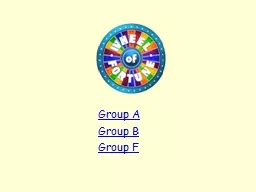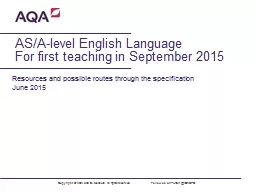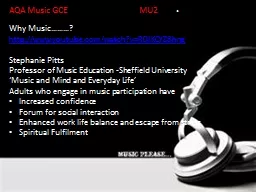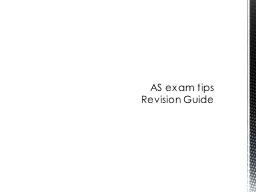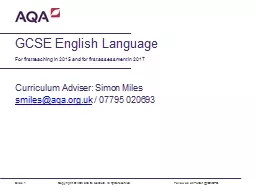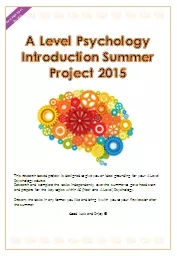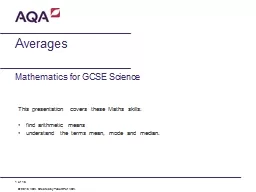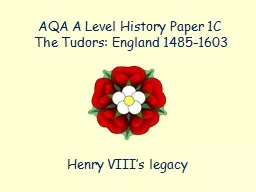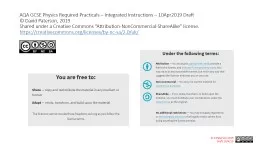PPT-Group A Group B Group F AQA A Level History Unit 1C:
Author : luanne-stotts | Published Date : 2018-10-30
The Tudors England 14851603 Mary I Administration and economy The aim of this and next lesson is to assess these interpretations of Mary Is reign Positive
Presentation Embed Code
Download Presentation
Download Presentation The PPT/PDF document "Group A Group B Group F AQA A Level Hist..." is the property of its rightful owner. Permission is granted to download and print the materials on this website for personal, non-commercial use only, and to display it on your personal computer provided you do not modify the materials and that you retain all copyright notices contained in the materials. By downloading content from our website, you accept the terms of this agreement.
Group A Group B Group F AQA A Level History Unit 1C:: Transcript
Download Rules Of Document
"Group A Group B Group F AQA A Level History Unit 1C:"The content belongs to its owner. You may download and print it for personal use, without modification, and keep all copyright notices. By downloading, you agree to these terms.
Related Documents

